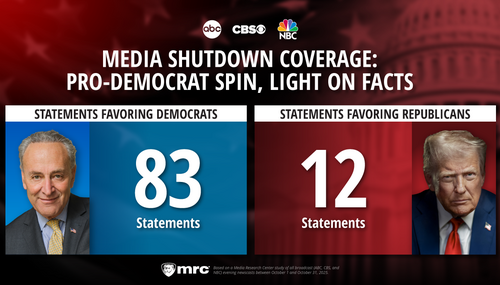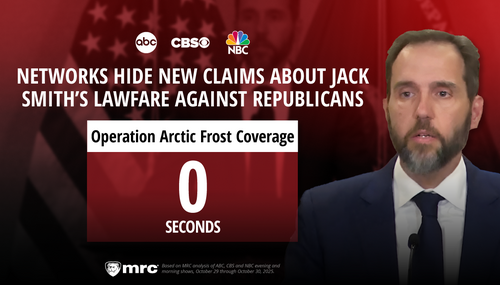At Colonial Williamsburg, two approaches to history were in sharp relief this past Veterans Day weekend.
In the restored old colonial capital on a bright, sunny afternoon, a revolutionary fife and drum corps marched, as is their custom, down the leaf-strewn street.
But this time, they had a brace of continental soldiers behind them, followed by about 125 men of varying ages in modern clothes, many wearing VFW hats, American Legion regalia and medals.
As the real-life vets approached the courthouse field for a ceremony with “George Washington,” onlookers began to applaud.
Some yelled out, “Thank you!” to the men who had served in
The inclusion of the vets behind the re-enactors was a reminder that
In contrast, a few hundred yards away in the circa 1699 Christopher Wren Building on the campus of William & Mary, a small brass cross that had graced the chapel's altar was now encased in … plastic. What had been a symbol of the ongoing importance of faith to
While the vets proudly marched nearby, the second oldest university in the nation (after Harvard) was officially dissing the faith that launched the American Revolution as -- you guessed it -- not inclusive enough.
The Wren cross was on its way to relic status in October 2006, when William & Mary President Gene R. Nichol had it removed following a complaint from a visiting prospective student. After an outcry from the campus community and alumni, Nichol responded in an Oct. 27 e-mail, which read in part:
Let me be clear. I have not banished the cross from the Wren Chapel. The Chapel, as you know, is used for religious ceremonies by members of all faiths. The cross will remain in the Chapel and be displayed on the altar at appropriate religious services.
But the Chapel is also used frequently for College events that are secular in nature--and should be open to students and staff of all beliefs. Whether celebrating our happiest moments, marking our greatest achievements, or finding solace during our most profound sadness, our Chapel, like our entire campus, must be welcoming to all.
Translated, this means that the cross must be banned if there is even a possibility of offense. As you can imagine, this did not put the matter to rest, so Nichol explained further, as recorded by the Richmond Times-Dispatch on Nov. 17, 2006:
The display of a Christian cross -- the most potent symbol of my own religion in the heart of our most important building -- sends an unmistakable message that the chapel belongs more fully to some of us than to others. That there are, at the college, insiders and outsiders. Those for whom our most revered place is meant to be keenly welcoming, and those for whom presence is only tolerated.
That distinction, I believe to be contrary to the best values of the college.
There are lots of foreign students at William & Mary. Wouldn't it make sense, then, to remove all American flags from the campus lest they offend someone? Come to think of it, I don't recall seeing any.
But back to the chapel. Let's leave aside the absurdity of being embarrassed that a Christian chapel would sport a cross instead of a Buddha, a Muslim crescent, a Wiccan pentagram or a statue of Zeus. And let's leave aside the fact that religious tolerance is a hallmark of Christian influence, unlike any other religion. Nichol justified his actions by appealing to universal tolerance:
… The Wren is no mere museum or artifact. It touches every student who enrolls at the college, It defines us. And it must define us all.
Nichol got religion, of sorts, apparently, when a donor in February yanked a $12 million gift to the university over the cross removal. For a few months, the cross was put on display on the altar on Sundays, then packed away during the week. Nichol refused to restore it to the altar permanently despite a petition with more than 12,000 signatories. He bravely said, “The core value of the college cannot be for sale.” And what's that core value again? Oh, yes, “religious diversity.”
In February 2007, the university hosted a “Sex Worker Fair,” complete with strippers, sex toys and “erotic dances.” The Virginia Gazette reported this comment from Nichol when he was asked why this event was allowed on his campus.
"I don't like this kind of show and I don't like having it here," he said. "But it's not the practice and province of universities to censor or cancel performances because they are controversial."
No, of course not. And the university officials knew what they were hosting, because it was the second straight year for the Sex Worker Fair.
On August 3, the cross was returned to Wren Chapel, but placed in a plastic box atop a wood base.
For the secularists at war with
What would those marching veterans have thought of all this? Most of them were probably blissfully unaware, since the media lost interest in the story back in August, when the cross went into the box.
But if secularists are celebrating, they should take heed. As much as it annoys them, Jesus wouldn't stay in the Tomb. And neither will the power of His cross be contained by a glass box. Or one made of plastic.
Robert Knight is Director of the Culture and Media Institute, a division of the





